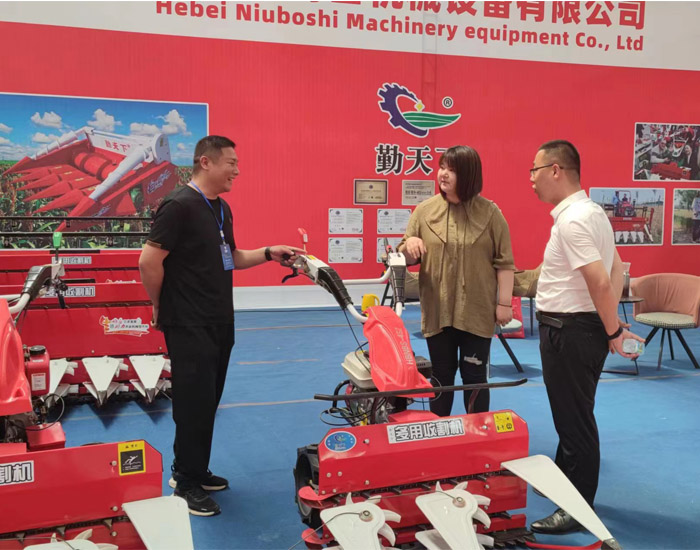paddy reaper machine
The Paddy Reaper Machine Revolutionizing Rice Harvesting
The paddy reaper machine represents a significant advancement in agricultural technology, specifically in the field of rice harvesting. As rice is a staple food for over half of the world’s population, the efficiency and effectiveness of its harvesting directly impact food security and agricultural productivity.
Traditionally, harvesting rice has been a labor-intensive process, often requiring many hours of manual labor, especially during peak season. Farmers used to rely on sickles and traditional methods, which not only consumed a great deal of time but also posed a risk of injuries. With the advent of the paddy reaper machine, this age-old practice has undergone a transformation.
A paddy reaper machine is designed to efficiently cut and collect mature rice plants in a single pass. It operates using a set of sharp blades that slice through the stalks, while a series of conveyors gather the cut rice into manageable bundles. This mechanization significantly reduces the time taken to harvest, leading to higher productivity levels. Farmers can now harvest larger fields in a fraction of the time it once took, allowing them to either expand their cultivated area or invest time in other agricultural activities.
paddy reaper machine

Moreover, the paddy reaper machine enhances the quality of the harvest. Manual harvesting can result in uneven cutting, leading to losses due to unharvested crop and damage to the plants. In contrast, the precision offered by reaping machines ensures that most of the rice is collected, minimizing wastage and maximizing yield. This is particularly important in regions where rice prices can fluctuate dramatically based on supply and demand.
Another significant advantage is the reduction of labor costs. With fewer workers needed to operate a paddy reaper machine, farmers can save on wages and redirect their resources towards other critical areas of their farming operation. This also provides an opportunity for them to invest in other technological advancements, creating a more sustainable agricultural business model.
In addition to economic benefits, the use of paddy reaper machines contributes to sustainable farming practices. By increasing harvesting efficiency, less fuel is consumed, which not only cuts down costs but also reduces the carbon footprint associated with agricultural practices. As the global agricultural landscape continues to evolve, the adoption of such technologies plays a crucial role in addressing the challenges of climate change and resource scarcity.
In conclusion, the paddy reaper machine has revolutionized the way rice is harvested, making the process more efficient, cost-effective, and sustainable. As technology progresses, it is likely that we will see further innovations in this area, helping farmers worldwide to meet the growing demands for rice while ensuring food security and environmental sustainability.
Latest news
-
When to Upgrade Your Old Forage HarvesterNewsJun.05,2025
-
One Forage Harvester for All Your NeedsNewsJun.05,2025
-
Mastering the Grass Reaper MachineNewsJun.05,2025
-
How Small Farms Make Full Use of Wheat ReaperNewsJun.05,2025
-
Harvesting Wheat the Easy Way: Use a Mini Tractor ReaperNewsJun.05,2025
-
Growing Demand for the Mini Tractor Reaper in AsiaNewsJun.05,2025







